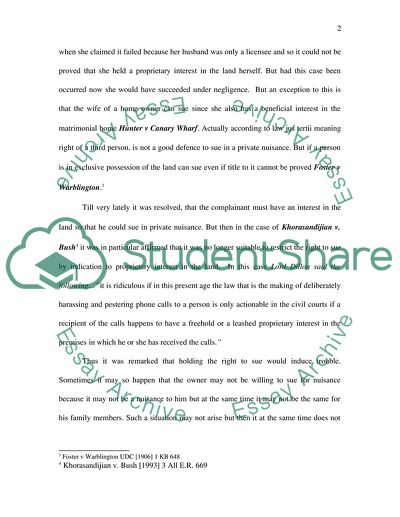Cite this document
(“Nuisance ( torts law) Essay Example | Topics and Well Written Essays - 1500 words”, n.d.)
Retrieved from https://studentshare.org/miscellaneous/1565264-nuisance-torts-law
Retrieved from https://studentshare.org/miscellaneous/1565264-nuisance-torts-law
(Nuisance ( Torts Law) Essay Example | Topics and Well Written Essays - 1500 Words)
https://studentshare.org/miscellaneous/1565264-nuisance-torts-law.
https://studentshare.org/miscellaneous/1565264-nuisance-torts-law.
“Nuisance ( Torts Law) Essay Example | Topics and Well Written Essays - 1500 Words”, n.d. https://studentshare.org/miscellaneous/1565264-nuisance-torts-law.


